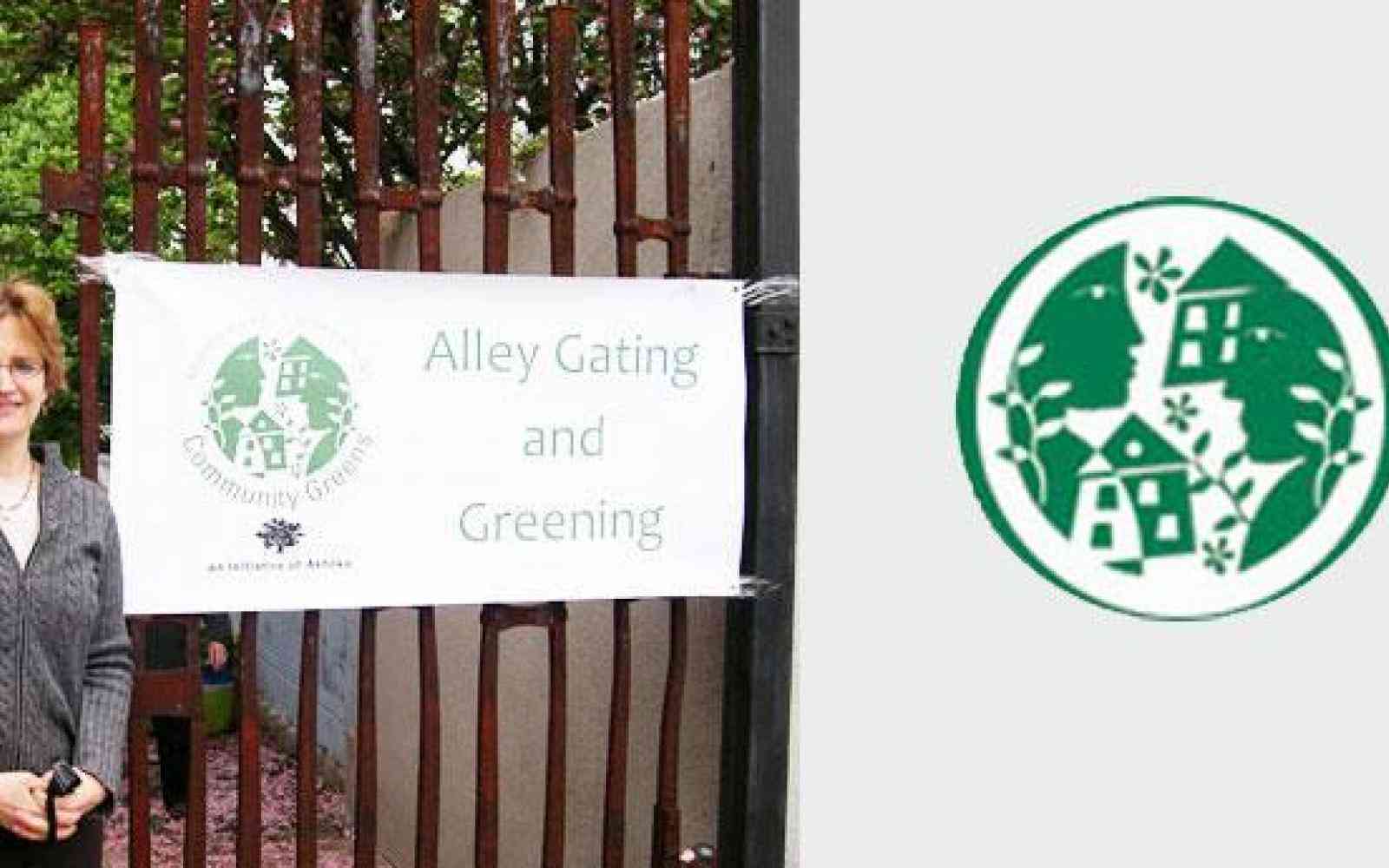
Hasan Bhatti
(they / them) – As an internal communications facilitator at Ashoka, Hasan comes to Ashoka after 10+ years working various levels of the education, social work, organizing, healing, and conflict transformation fields (with organizations like Seeds of Peace, Thomas Askins Alternative HS, Jerusalem Youth Chorus/Hand in Hand, and Community Empowerment Fund).
In 2011, Hasan created and directed The Action Project in Chapel Hill/Durham, which brought together people from all identities to engage in deep dialogue and action work for the good of the entire community. Hasan has an MA in International Peace and Conflict Transformation, and serves as a facilitator, organizer, and healer at the internal, interpersonal, organizational, and systemic levels within and beyond Ashoka. Outside of their work out in the community, they enjoy co-creating music, warm wind in the summer, and darn good hugs.
**Hasan identifies as genderfluid, which is on the genderqueer/trans spectrum. Hasan's preferred pronouns are they/them and 'Hasan.' No worries if you mess it up (cause Hasan messes it up too!); they're excited if you try!
Alley Gating and Greening: The Baltimore Story and How CG Began

"I thought it was a great idea to gate [the alley] and to try to get people to look at it in a different way. At the time, I didn’t realize it, but afterwards I realized it was a great community-building project because you got to know your neighbors through the meetings or just knocking on their doors and asking them to donate money to buy the gates."
In 2003, Community Greens started its pilot project in the Patterson Park neighborhood of Baltimore. After city Mayor Sheila Dixon passed the local ordinance, the project kicked into life. The city ordinance allowed neighborhoods to gate and green their alleys if 80% of the people living in block(s) immediately annexed to the alley agreed to it. The high 80% requirement ensured that a significant majority of the neighborhood were comfortable with the project before it could move forward.
In the event that the neighborhood wished to green and gate their alley in such a way that no vehicle can go through, 100% of the neighborhood needed to sign on. The Patterson Park neighborhood was thrilled to help test the initiative, unanimously agreeing to gate and green their alley.

"I think [alley gating and greening] could really restore the space in the back, and I think it’ll really tie the community together," said one Patterson Park resident in a group interview. "There’s somewhat of a fear of going back there because of the activity that takes place. So I think if we can make it a positive place as opposed to having it be such a negative space that it’ll be utilized, and it’ll be utilized for good things."
The Alley Gating and Greening project in Patterson Park also attracted artists' involvement. A group of art students from the Maryland Institute College of Art (MICA) approaced ACG and wanted to get involved in the project by designing the gates. Daniel Alende and Jonathan Taube, from MICA met with the people on the 1500 Block, Baltimore Street to brainstorm ideas about the kind of gates that they wanted to have for their alley.
Some people wanted to have a regular barred gate while others wanted it to be representative of nature. Daniel and Jonathan put their artistic skills to work in order to meet both of the ideas presented; and result (the chef-d'oeuvre) now proudly guards the alley way of the 1500 Block Baltimore street. The gate which is a subtle combination of bars, a couple of which also serves as the trunk of a tree, and the use of metal to form a beautiful tree and a flower.
"We’ve had a couple of occasions where people have wanted to see our alley and we feel like hosts. We open it up and make it pretty and invite groups in and hope for nice photographs to land in magazines."
Baltimore was the primary pilot site for Ashoka's Community Greens. When it began working in Baltimore in 2003 we championed two pieces of historic legislation, one at the state level in 2004 and one locally in 2007, that allow Baltimore City residents to gate and green their alleyways.
Community Greens provided resources and support so that people could reach the required number of signatories, as well as assistance to the neighborhoods to fundraise for acquiring and putting up the gates.
From 2003 until the early 2010s, Community Greens operationalized its work in Baltimore. After pioneering the Alley Gating and Alley Greening in Baltimore, Community Greens also spearheaded the first attempt to measure the impact of the gating and greening on residents’ lives by through an in-depth sociological study of the residents on several blocks.
It also started a Neighborhood Leadership Program in the city of Baltimore where Participants learned how to become effective community organizers and about the various personality types of individuals, which would help them improve on their own interpersonal skills to be able to garner support and build a strong team of neighbors.
"I think the initiatives [as a whole] helped unify the neighbors. I think we all feel now that we’re more neighbors than the people in front. I’m closer to everyone behind me than people across the street."
After the first pilot project in 2006, 3 more alleys were gated and greened and 3 footpaths created. At the time this article was originally created, there were over 72 applications in 25+ neighborhoods that are being considered with at least 25 of them with a near certainty of being completed. When it was most active, ACG worked in close collaboration with the Department of Public Works of Baltimore to accelerate the processing of the applications. ACG seeks to restart its efforts in 2019 to resume unifying neighbors towards improving their neighborhoods for the better.